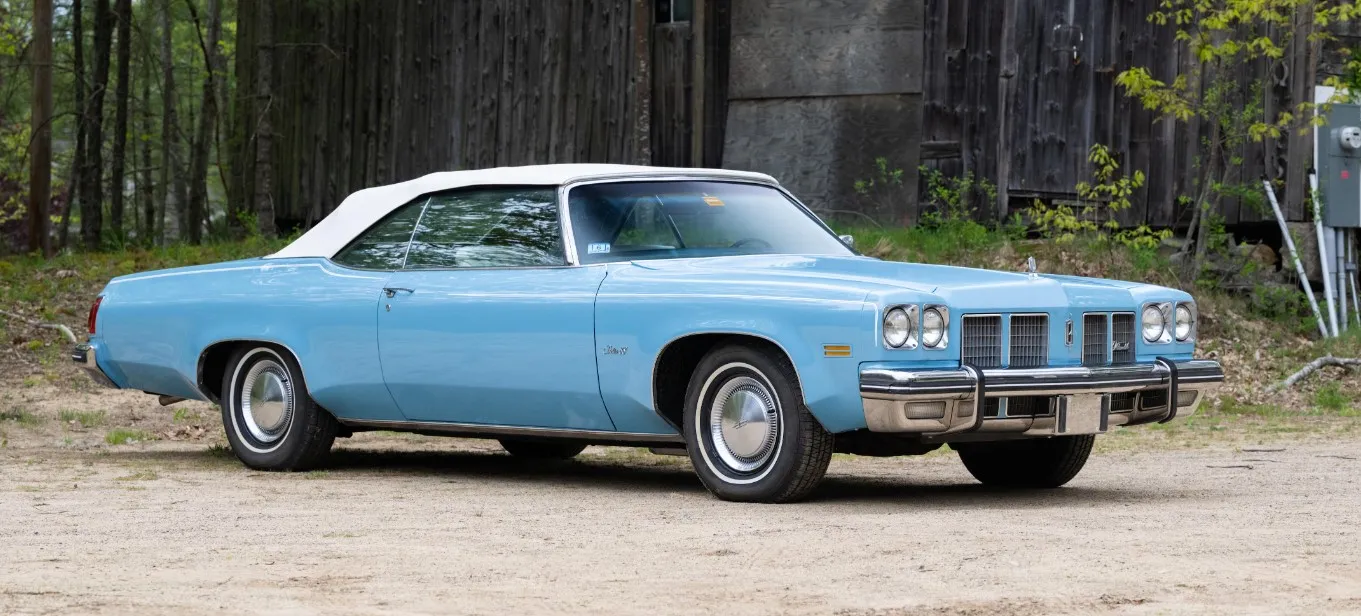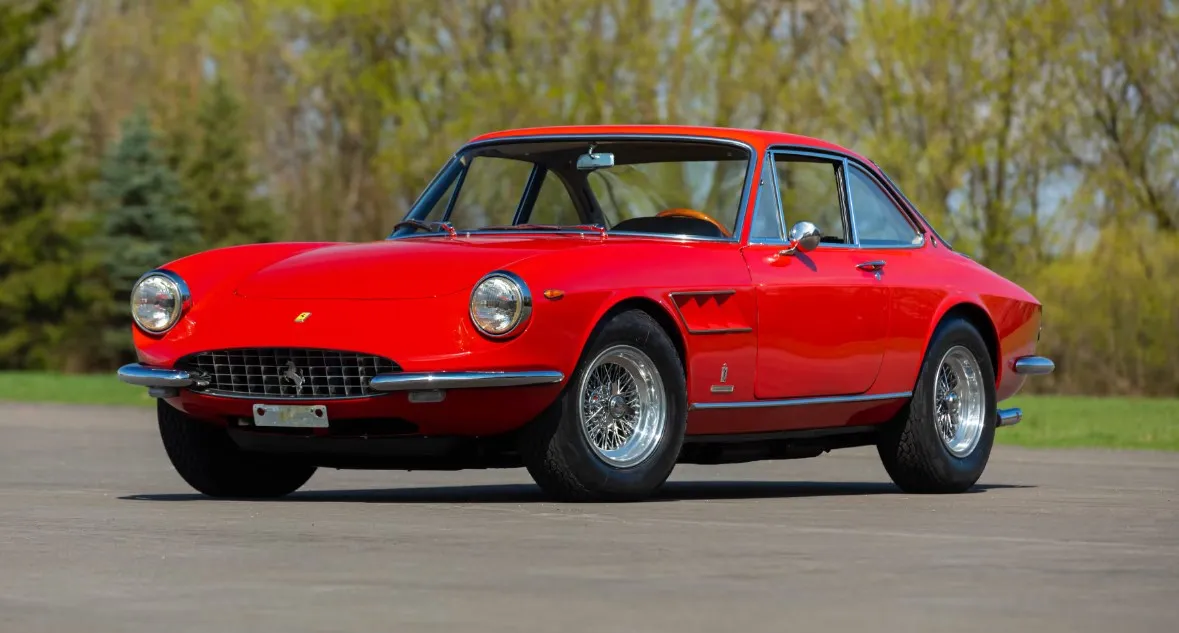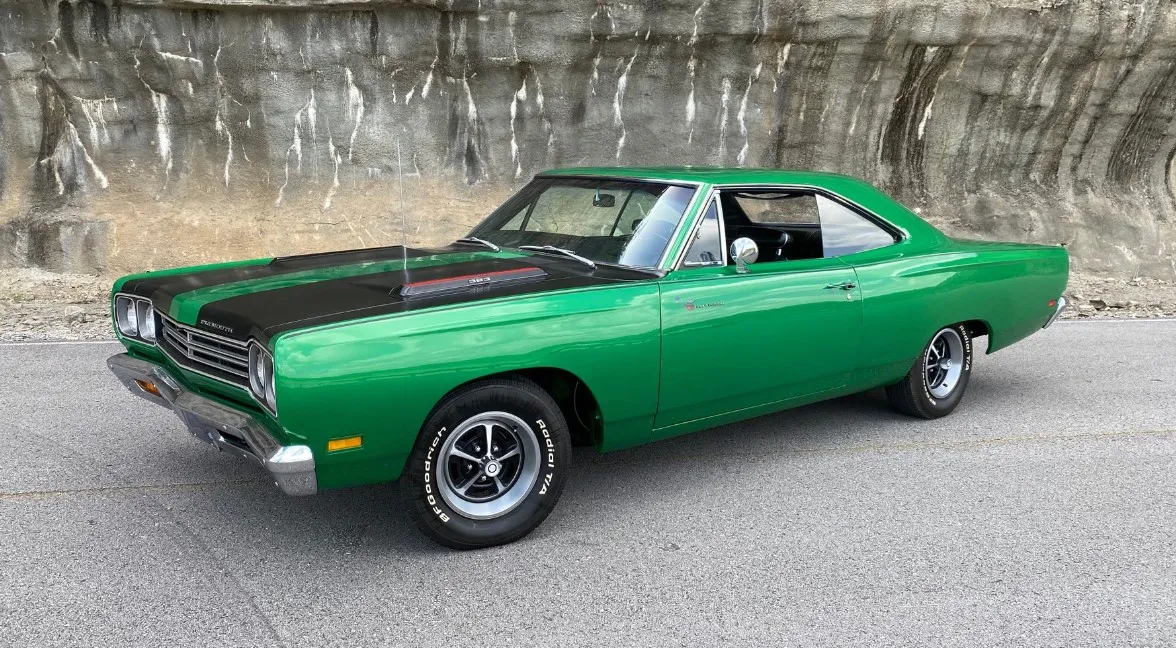The 1969 Plymouth Road Runner is more than just a car; it's an iconic symbol of the muscle car era. In the late 1960s, American automakers were locked in fierce competition to produce the fastest, most powerful vehicles on the road, and the Road Runner was Plymouth’s bold entry into this high-stakes race. With its blend of raw power, affordability, and unpretentious design, the 1969 Plymouth Road Runner became an instant classic and remains a beloved piece of automotive history.
The Origins of the Plymouth Road Runner

The Road Runner was born out of a desire to bring muscle car performance to the masses. By the mid-1960s, muscle cars had become increasingly expensive and loaded with luxury features, putting them out of reach for many younger buyers.
Plymouth saw an opportunity to create a more affordable, no-frills muscle car that focused on performance rather than luxury.
In 1968, Plymouth introduced the Road Runner as a stripped-down version of their popular Belvedere model.
The car was marketed with a playful attitude, featuring a “beep-beep” horn inspired by the popular Warner Bros. cartoon character, the Road Runner. The idea was simple: offer a powerful engine and a lightweight body at a price that appealed to young, budget-conscious buyers.

The 1969 model year saw the Road Runner’s popularity soar, solidifying its place in muscle car history.
Plymouth made a few key updates and improvements to the original design, making the 1969 Road Runner one of the most sought-after classic cars today.
Design and Styling: Form Follows Function

The 1969 Plymouth Road Runner’s design is a study in simplicity and function. Unlike some of its more luxurious competitors, the Road Runner was all about performance.
The exterior design was straightforward, with clean lines and minimal chrome. The car’s muscular stance and wide track gave it a powerful presence on the road.
One of the most distinctive features of the 1969 Road Runner was its hood, which was available with a functional “Air Grabber” scoop. This scoop, controlled by a switch inside the car, would rise up to allow cooler air to flow directly into the engine, boosting performance.
The Air Grabber, along with the optional blacked-out hood treatment, gave the Road Runner an aggressive, race-ready look.

The Road Runner’s interior was equally spartan. Plymouth kept the cabin simple, with vinyl bench seats, a basic dashboard, and few frills. This no-nonsense approach helped keep the car’s weight down and its price affordable.
For those who wanted a bit more comfort, bucket seats and a center console were available as options, but the car’s true appeal was in its raw, unfiltered driving experience.
The Heart of the Beast: Engine and Performance

The 1969 Plymouth Road Runner’s heart and soul was its engine. Plymouth offered several engine options, each delivering impressive performance.
The base engine was a 383 cubic inch (6.3-liter) V8, producing 335 horsepower and 425 lb-ft of torque. This engine was more than capable of launching the relatively lightweight Road Runner down the quarter-mile in under 15 seconds.
For those seeking even more power, Plymouth offered the legendary 426 Hemi V8. This engine, known for its hemispherical combustion chambers, was rated at 425 horsepower and 490 lb-ft of torque, though many enthusiasts believe those numbers were conservative.
The 426 Hemi transformed the Road Runner into a true street beast, capable of sub-13-second quarter-mile times.

In addition to the 383 and 426 Hemi, Plymouth also offered a 440 cubic inch (7.2-liter) V8 with a Six-Barrel carburetor setup.
This engine, known as the “440 Six Pack,” delivered 390 horsepower and a massive 490 lb-ft of torque, making it a popular choice for drag racers and performance enthusiasts.
The 1969 Road Runner was available with either a 4-speed manual transmission or a 3-speed automatic.
The manual transmission, with its Hurst shifter, was the preferred choice for many drivers who wanted to fully engage with the car’s performance. The automatic, while slightly less engaging, still provided blistering acceleration and was more practical for everyday driving.
Handling and Driving Experience

While the 1969 Plymouth Road Runner was primarily designed for straight-line speed, it also offered surprisingly good handling for a muscle car of its era.
The car’s suspension was simple but effective, with a solid rear axle and leaf springs in the back and torsion bars up front. This setup provided a balance between ride comfort and handling, making the Road Runner a capable performer on twisty roads as well as the drag strip.
The car’s relatively light weight (especially when compared to some of its competitors) and powerful brakes helped it stop as well as it went. The Road Runner’s steering was direct and responsive, giving drivers the confidence to push the car hard through corners.

Of course, the Road Runner’s primary strength was its straight-line performance. Whether equipped with the 383, 440 Six Pack, or 426 Hemi, the car was a force to be reckoned with on the quarter-mile strip.
Even today, a well-maintained 1969 Road Runner can hold its own against many modern performance cars.
The Road Runner’s Impact and Legacy

The 1969 Plymouth Road Runner was a game-changer in the muscle car world. Its combination of affordability, performance, and playful attitude made it an instant hit with young drivers.
The car’s success helped cement Plymouth’s reputation as a leader in the muscle car market and inspired other manufacturers to follow suit with their own budget-friendly performance models.
The Road Runner’s influence can still be seen today, not only in the world of classic cars but also in the modern muscle car market.
The car’s focus on performance over luxury, its bold, aggressive styling, and its unapologetically fun personality have made it a beloved icon among car enthusiasts.
In terms of collectibility, the 1969 Road Runner is one of the most sought-after muscle cars from the 1960s. The Hemi-powered models, in particular, command high prices at auctions and are highly prized by collectors.
Even the more common 383 and 440 Six Pack versions are in high demand, with their values steadily increasing as more people recognize the Road Runner’s significance.
The 1969 Plymouth Road Runner - A Classic Car Legend

The 1969 Plymouth Road Runner is more than just a classic car; it’s a symbol of an era when American automakers were pushing the boundaries of performance and design.
The Road Runner’s blend of raw power, affordability, and unpretentious style made it a standout in the muscle car world, and its legacy continues to resonate with car enthusiasts today.
For those who appreciate classic cars, the 1969 Road Runner represents the best of what the muscle car era had to offer.
Whether you’re drawn to its aggressive styling, its powerful engine options, or its place in automotive history, the Road Runner is a car that deserves to be celebrated and preserved for future generations to enjoy.



